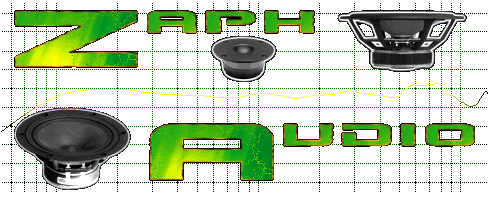Zaph|Audio

Old / Other Tests
At Zaph Audio, drivers are often retested just as a checkup. Those results, if similar to previous tests, are not reported. If they are different however, old or different versions will be reported here and the current or newest version will be shown in that driver's comparison group. Note that every driver that shows up on this page is considered a consistency failure in some way, particularly those that don't have a different model number.
This is the old version of the Dayton RS28 from when they still had ferrofluid in them. It's unknown when the switch was made because Usher made the change without telling anyone. Considering this tweeter's consistency issues and highish defect rate, it doesn't really inspire me to run out and buy them even though the new version without FF does indeed perform a bit better. It's too bad, because the quality parts are there but the QC was not.
This Scan Speak tweeter, while one of the best performing tweeters made, has been all over the map. Mostly, sensitivity has varied over the years. Even the frame color has varied from gunmetal gray to black. I have no data on which serial numbers were different, and it's not necessarily yearly iterations.
This tweeter stopped production in Denmark and was later started up in China. A minor sensitivity and response curve change resulted. Still a great tweeter, just be aware they are slightly different.
These "T" versions were the originals released at Parts Express. Later, ferrofluid was added and it became the "F" version. The new response curve was a lot smoother than the old, which had peaking on both ends.
This is not a new or old version, as both were purchased and tested at roughly the same time, but from different vendors. The current test in the grouping was OK, but this one had horrible harmonic distortion.
This is the old, original NS3. This driver went out of production for a long time. When it came back, Fs was 100 Hz higher and low end harmonic distortion was worse, among other things. Current version shown on the comparison page.

Some Seas W15 drivers have had wandering breakup nodes over the years. Some had it at 6kHz, but current models (with the rubber boot over the magnet) have the breakup at 8.3 kHz. Both versions are good, just different.

The 704S and 704D versions appear to be shielded and unshielded with improved frame design. The only problem was that some people purchased what was designated the 704D version from Parts Express but still received the 704S version. Both are decent, and performance is close, but the T/S parameters are different requiring different enlcosure sizes and tunings. Generally, I prefer the new unshielded, new frame design over this older design.
Page done by John "Zaph" Krutke © 2008
Also visit -Zaph|Audio-